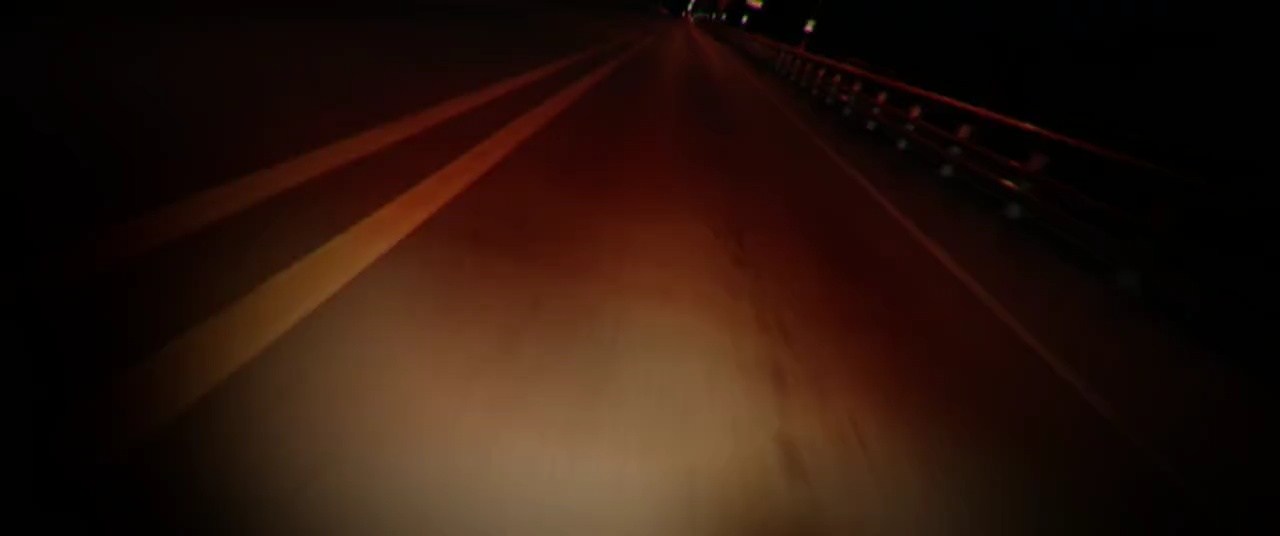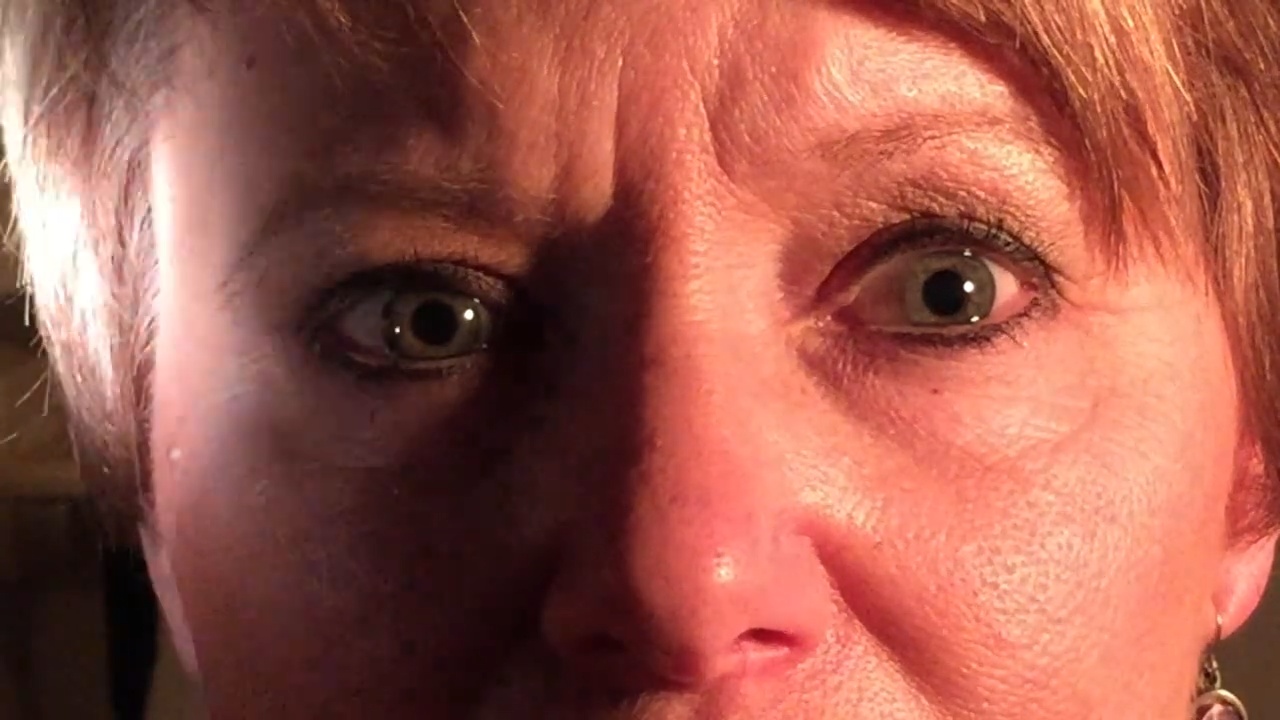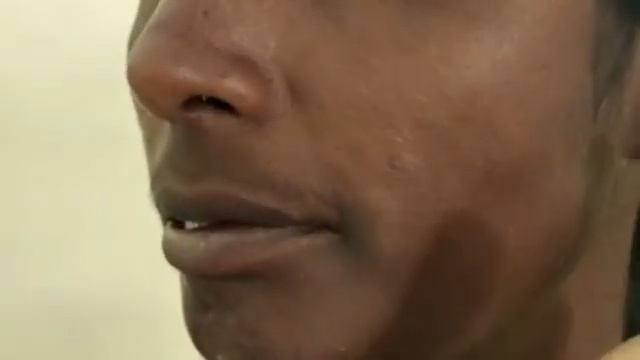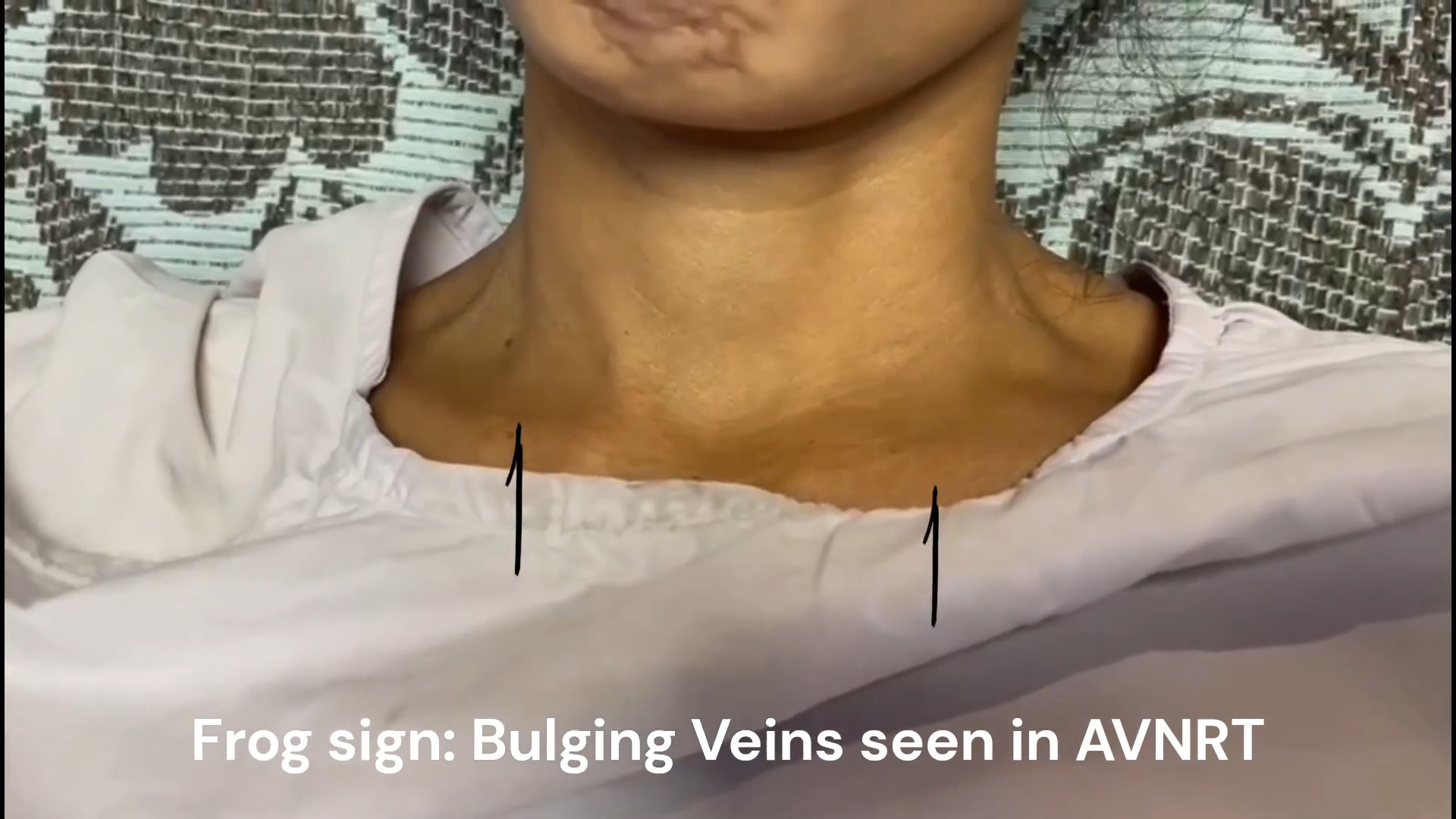The Romberg and Pronator Drift Signs
1. Romberg’s Sign
Purpose:
To assess proprioception (the body’s sense of position in space) — a function of the dorsal columns of the spinal cord.
How to Perform:
Ask the patient to stand with feet together and arms by their side.
First, observe the patient with eyes open — ensure they can stand steadily.
Then, ask them to close their eyes while maintaining the same position.
Interpretation:
Positive Romberg’s sign:
The patient loses balance or sways markedly when eyes are closed.
→ Indicates sensory ataxia due to loss of proprioception.
Negative Romberg’s sign:
The patient remains stable with eyes closed.
→ Suggests intact proprioception.
Causes of Positive Romberg’s Sign:
Tabes dorsalis (neurosyphilis affecting dorsal columns)
Vitamin B12 deficiency (subacute combined degeneration)
Peripheral neuropathy (e.g., diabetes, alcohol abuse)
Posterior column lesion in the spinal cord
Note:
If the patient sways with eyes open, this suggests cerebellar ataxia, not sensory ataxia.
→ Romberg’s test is negative in cerebellar lesions (they are unstable even with eyes open).
💪 2. Pronator Drift Sign
Purpose:
To detect upper motor neuron (UMN) lesions, particularly of the corticospinal tract.
How to Perform:
Ask the patient to extend both arms forward (shoulder height),
Palms facing upward, eyes closed.
Observe for 20–30 seconds.
Interpretation:
Positive Pronator Drift:
One arm pronates (palm turns downward) and drifts downward slowly.
→ Indicates contralateral upper motor neuron weakness.
No drift:
Suggests normal corticospinal function.
Physiological Explanation:
The supinator muscles are weaker than pronators.
A mild UMN lesion affects supination first → arm pronates and drifts down.
Additional Variants:
Upward drift with outward movement: suggests parietal lobe lesion (sensory inattention or proprioceptive defect).
Downward pronation: suggests motor weakness (UMN lesion).
Summary Table:
Feature Romberg’s Sign Pronator Drift Sign
Purpose Tests proprioception (dorsal column) Tests corticospinal tract integrity
Position Standing, eyes closed Arms extended, eyes closed
Positive Result Patient sways/falls Arm pronates and drifts down
Indicates Sensory ataxia UMN lesion (contralateral)
Seen in Tabes dorsalis, B12 deficiency Stroke, MS, cortical lesions
Eyes open effect Stable (until eyes closed) Drift visible even with eyes closed
Purpose:
To assess proprioception (the body’s sense of position in space) — a function of the dorsal columns of the spinal cord.
How to Perform:
Ask the patient to stand with feet together and arms by their side.
First, observe the patient with eyes open — ensure they can stand steadily.
Then, ask them to close their eyes while maintaining the same position.
Interpretation:
Positive Romberg’s sign:
The patient loses balance or sways markedly when eyes are closed.
→ Indicates sensory ataxia due to loss of proprioception.
Negative Romberg’s sign:
The patient remains stable with eyes closed.
→ Suggests intact proprioception.
Causes of Positive Romberg’s Sign:
Tabes dorsalis (neurosyphilis affecting dorsal columns)
Vitamin B12 deficiency (subacute combined degeneration)
Peripheral neuropathy (e.g., diabetes, alcohol abuse)
Posterior column lesion in the spinal cord
Note:
If the patient sways with eyes open, this suggests cerebellar ataxia, not sensory ataxia.
→ Romberg’s test is negative in cerebellar lesions (they are unstable even with eyes open).
💪 2. Pronator Drift Sign
Purpose:
To detect upper motor neuron (UMN) lesions, particularly of the corticospinal tract.
How to Perform:
Ask the patient to extend both arms forward (shoulder height),
Palms facing upward, eyes closed.
Observe for 20–30 seconds.
Interpretation:
Positive Pronator Drift:
One arm pronates (palm turns downward) and drifts downward slowly.
→ Indicates contralateral upper motor neuron weakness.
No drift:
Suggests normal corticospinal function.
Physiological Explanation:
The supinator muscles are weaker than pronators.
A mild UMN lesion affects supination first → arm pronates and drifts down.
Additional Variants:
Upward drift with outward movement: suggests parietal lobe lesion (sensory inattention or proprioceptive defect).
Downward pronation: suggests motor weakness (UMN lesion).
Summary Table:
Feature Romberg’s Sign Pronator Drift Sign
Purpose Tests proprioception (dorsal column) Tests corticospinal tract integrity
Position Standing, eyes closed Arms extended, eyes closed
Positive Result Patient sways/falls Arm pronates and drifts down
Indicates Sensory ataxia UMN lesion (contralateral)
Seen in Tabes dorsalis, B12 deficiency Stroke, MS, cortical lesions
Eyes open effect Stable (until eyes closed) Drift visible even with eyes closed





















Medical Student
This was incredibly helpful for my upcoming exam. Thank you!
Nursing Professional
Great explanation of the ECG changes in hyperkalemia!